#Margaret Calvert
Explore tagged Tumblr posts
Text
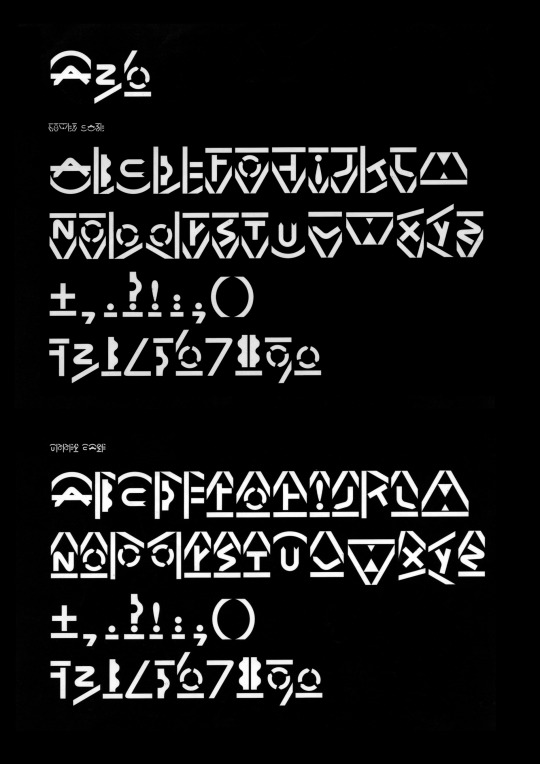
A26 typeface / Margaret Calvert / Fuse / 1994
113 notes
·
View notes
Text

Margaret Calvert & A2/SW/HK / Unit Editions / Margaret Calvert: Woman at Work / Book / 2024
#margaret calvert#a2/sw/hk#unit editions#women at work#book#2024#printed matter#signage#spread#typography#wayfinding
31 notes
·
View notes
Text

Margaret Calvert with Jock Kinneir (from Woman at Work)
10 notes
·
View notes
Text

Margaret Calvert | Mr Jones | Dezeen
15 notes
·
View notes
Text

Love this watch, designed by Margaret Calvert, emulating her famous British motorway signs, from Mr Jones Watches. The Transport typeface that she created in the 1960s for the signs, with her boss/colleague Jock Kinneir, has been made into a digital version, called New Transport available here.

0 notes
Text


12 notes
·
View notes
Text

“A Roma, dopo la guerra, facevo il contabile in una casa cinematografica: la Rank Film. Non ero riuscito a inserirmi nell’industria edilizia e una cugina m’aveva trovato quel posto alla Rank. Qui lavoravo, o fingevo di lavorare, con cinque donne: in una stanza tappezzata con i ritratti di attori come James Mason, Patricia Neal, Margaret Lockwood, Phyllis Calvert. Forse influenzato da ciò, lasciavo che le cinque donne sgobbassero per me e passavo le giornate leggendo ad alta voce libri di poesie. Leggevo bene. Un giorno, la signora della stanza accanto mi disse:
«Ho un cognato che recita all’università, vuole che gli parli di lei?». «Magari, risposi». Guadagnavo 28mila lire al mese che se ne andavano in medicine per mio padre ammalato. Mai un cinematografo, mai uno svago, tutt’al più un po’ di biliardo. Mi iscrissi all’università, facoltà di Economia e commercio, per frequentare l’Accademia d’arte drammatica. Mi piacque. Recitai due anni mentre gli amici del quartiere mi prendevano in giro: «Ecché, se’ diventato frocio?».
Poi Luchino Visconti mi vide, per caso, e mi mandò a chiamare: gli serviva un giovane e pensava di scritturarmi. Dissi: «Quanto?». Rispose: «2.500 al giorno». «75mila al mese, Gesù!». Lasciai subito la Rank e per mesi non confessai nulla a mia madre: ogni mattina continuavo a uscire alle otto e a dire che andavo in ufficio. Mi ci volle coraggio per confessare la verità. Lei la prese bene ma sussurrò: «Figlio mio, durerà?». Lo ripete ancora: «Figlio mio, stacci attento. Con tutti i camerieri che hai, con quel che costa la vita. Un buon impiego sarebbe stato meglio». È convinta che, se fossi entrato alle Ferrovie dello Stato, ora sarei capostazione e avrei i biglietti gratis per la famiglia.
Io ho avuto tanta fortuna, solo fortuna. La fortuna che a Visconti servisse un giovanotto rozzo come me. La fortuna che la sua compagnia fosse la più importante e allineasse attori come Ruggero Ruggeri, Paolo Stoppa, Rina Morelli, Vittorio Gassman. La fortuna che Gassman se ne andasse e io prendessi il suo posto. La fortuna che mi offrissero il cinema, infine, grazie a questo nasino che detesto. Ma il successo di un attore non è quasi mai legato a ragioni nobili e serie. A me si addice la battuta che c’è in un film di Federico Fellini: «Ho troppe qualità per essere un dilettante e non ne ho abbastanza per essere un professionista»."
Marcello Mastroianni
Marcello in 8½ di Fellini
101 notes
·
View notes
Text


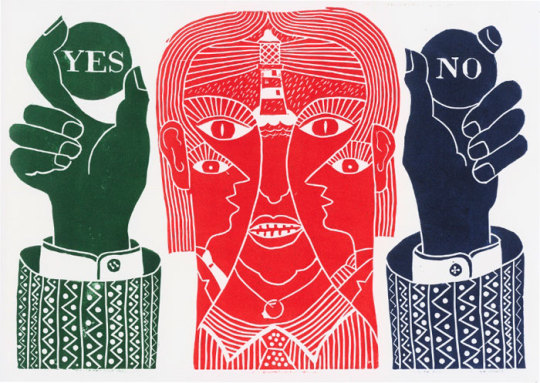
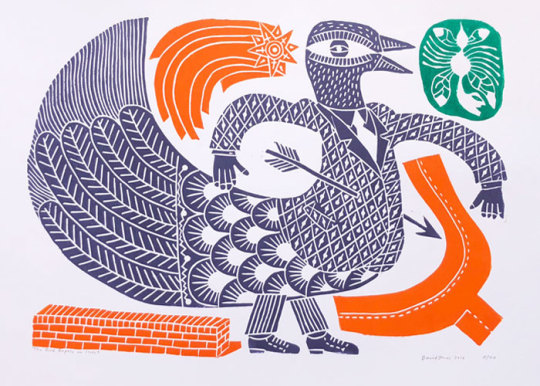


One of my favourite British artists - David Jones (b 1939) graduated from Liverpool College of Art in 1961 and it was here he first discovered his interest in printmaking. His tutor was the surrealist artist George Jardine. He won a John Moores travelling scholarship and spent time visiting various design studios across Europe. On returning to the UK he worked as assistant to graphic designers Jock Kinneir and Margaret Calvert. In 1965 -1967 he worked in Japan at Nakamoto International Agency, Osaka.
He returned to the UK and had a busy and successful career working freelance in graphic design, illustration and typography. He also worked as a visiting college lecturer at many of the countries leadings art schools. From 1979 he was a Senior Lecturer at Central Saint Martins (University of The Arts, London). In the last twenty years he has returned to printmaking, in particular linocuts and wood engraving. He is influenced by Outsider art and Folk art. In 1989 he helped set up Raw Vision, a journal of Outsider Art. David is also a keen Semi-pro musician and plays the soprano saxophone. He hand prints his work in small editions and many of the images in his prints come from dreams.
67 notes
·
View notes
Text
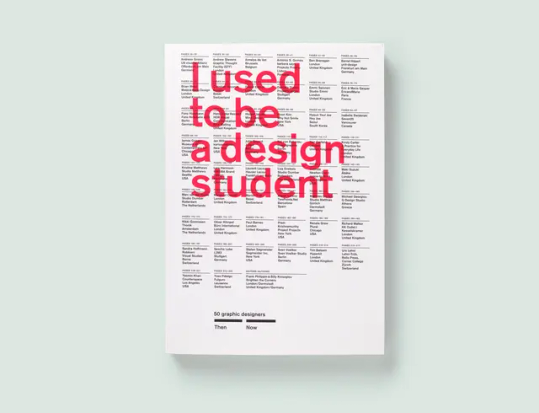
Brighten the corners are Frank Philippin and Billy Kiosoglou, who established their studio in 1999.
I used to be a design student – 50 graphic designers then + now The book we authored, edited and designed was published in February 2013 by Laurence King Publishing in London. It looks at the process a designer goes through in finding their ‘voice’. We asked fifty graphic designers to give us the low-down about their student days and their professional lives. A piece of their college work is shown alongside an example of current work. Each designer also offers a key piece of advice and a warning. Topics addressed include how ideas are researched and developed; design and other cultural influences, then and now; positive and negative aspects of working as a designer; motivations for becoming a designer; and whether it's really possible to teach design.
Awarded a Bronze Nail at the ADC (Art Directors Club) für Deutschland and a Certificate of Typographic Excellence at the TDC (Type Directors Club) in New York. Reviews on eye Magazine, Brain Pickings, It’s Nice That, Fast Company Design and other places. Order online at Laurence King, amazon.co.uk, amazon.com, amazon.de. In 2014 a Korean edition of the book was published by ag books and in 2016 a Chinese edition was published by HuaZhong University of Science & Technology Press.
Contributions From Andreas Gnass (U9 Visuelle Allianz), Andrew Stevens (Graphic Thought Facility), Annelys De Vet, António S. Gomes (Barbara Says...), Ben Branagan, Bernd Hilpert (Unit-Design), Brian Webb, Christian Heusser (Equipo), Daniel Eatock, Danijela Djokic (Projekttriangle), Emmi Salonen (Studio Emmi), Éric & Marie Gaspar (Éricandmarie), Fons Hickmann (Fons Hickmann M23), Hans Dieter Reichert (Hdr Visual Coomunication), Holger Jacobs (Mind Design), Hoon Kim (Why Not Smile), Hyoun Youl Joe (Hey Joe), Isabelle Swiderski (Seven25), James Goggin (Museum Of Contemporary Art, Chicago), Jan Wilker (Karlssonwilker), Julie Gayard (Jutojo), Kai Von Rabenau (Mono.Graphie), Ken Garland, Kirsty Carter (A Practice For Everyday Life), Kristine Matthews (Studio Matthews), Lars Harmsen (Magma Brand Design), Laurent Lacour (Hauser Lacour), Liza Enebis (Studio Dumbar), Lucinda Newton-Dunn (Space-To-Think), Maki Suzuki (Åbäke), Marc Van Der Heijde (Studio Dumbar), Margaret Calvert, Marion Fink, Martin Lorenz (Twopoints.Net), Matthias Görlich (Studio Matthias Görlich), Michael Georgiou (G Design Studio), Nikki Gonnissen (Thonik), Oliver Klimpel (Büro International), Paul Barnes, Prem Krishnamurthy (Projects Projects), Renata Graw (Plural), Richard Walker (Kk Outlet/Kesselskramer), Sandra Hoffmann Robbiani (Visual Studies) , Sascha Lobe (L2m3), Stefan Sagmeister (Sagmeister Inc.), Sven Voelker (Sven Voelker Studio), Tim Balaam (Hyperkit), Urs Lehni (Lehni-Trüb, Rollo Press), Yasmin Khan (Counterspace), Yves Fidalgo (Fulguro).
They also designed the website for Anish Kapoor
17 notes
·
View notes
Text

Woman at Work / Margaret Calvert
12 notes
·
View notes
Text

Little progress this week but Calverton has a road layout and more of a theme

I'm building a big muddy festival in one corner of the world, a la Glasto, because: showtime is my fav EP (sorry!) and, what could be simultaneously more Sims 3, and more British, than some rando coastal nowhere town being totally taken over by a bunch of celebs and live music and corruption
The name Calverton is a little nod to Margaret Calvert, who rly slayed designing all the iconography for the UK's roads and also the gorj typography for newcastle's metro. it was aping her designs in my cc world decor that made my caw files start to feel recognisably british
40 notes
·
View notes
Text
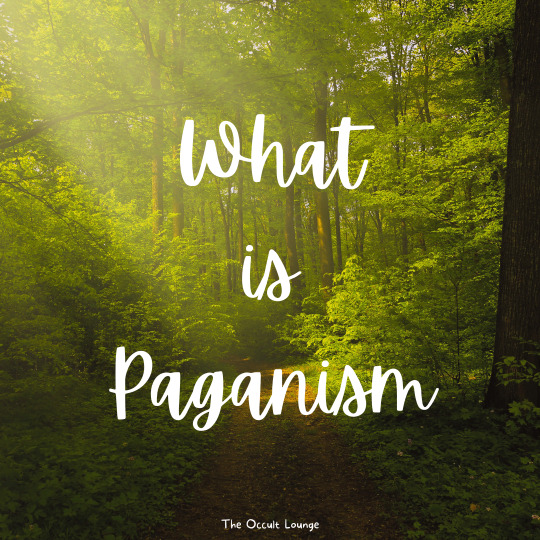
• Paganism is a term first used pejoratively in the fourth century by early Christians for people in the Roman Empire who practiced polytheism or ethnic religions other than Judaism.
• Neo-Paganism is a modern religious movement incorporating beliefs or practices from outside the main world religions, especially nature worship.
• It is Polytheistic in nature; worship of or belief in multiple deities, which are usually assembled into a pantheon of gods and goddesses, along with their own religions and rituals but can also just be a reverence for nature without any belief in deities.
A Brief Pagan Time-line:
• 300-353 Emperor Constantine orders the pillaging of Pagan Temples in the Roman Empire and begins to ban pagan rituals under threat of death
• 363 to 375 Emperor Julian and his next three successors lead a revival of Paganism in the Roman Empire while also tolerating Christianity.
• 381 Emperor Theodosius begins a war on Paganism. Visits to temples are banned, the sacred fire of Vesta is extinguished, the Olympics are banned, Pagan rituals are banned, and many holy Pagan sites throughout the Roman Empire are destroyed by force.
• 410 Rome is sacked by the Visigoths. Many Romans viewed it as punishment for turning away from the gods.
• 400s to 500s Paganism in the Roman Empire is forced to go underground, Pagan libraries are burnt, and it becomes official policy to hunt down and torture the remaining Pagans. Some Pagan festivals are incorporated in Christianity.
• 600s-1300s Many Pagan Resurgences occur while many nations go under the influence of Christianity
• 1300s to 1700s a series of witchcraft trials sweep through Europe leading to an estimated 40,000 to 100,000 deaths. How the trials relate to Paganism is debated.
• 1492 Christianity is first introduced to the Americas and the African Diaspora soon begins.
• 1780s to 1860s The Romantic Movement emerges in Europe. Its members loved nature and were influenced by folklore and mythology. Several of the Romanticists including Thomas Love Peacock, Thomas Jefferson Hogg, Edward Calvert, and Algernon Swineburne wrote poetry praising the old gods, built altars to Pan, and began to identify as Pagan.
• 1904 Aleister Crowley transcribes The Book of the Law while in Egypt and proclaims the establishment of the “new age” of the Æon of Horus.
• 1910 Rider-Waite tarot deck first published
• 1921 The Witch-Cult in Western Europe by Margaret Murray is published and the Witch-Cult Hypothesis is further popularized.
• 1939 Gerald Gardner is initated into the New Forest Coven, and believes it to be ancient.
• 1954 Witchcraft Today by Gerald Gardner is published and leads to the spread of Wicca.
• 1960s Interest in Paganism and new age philosophy explodes.
• 1980s The Satanic Panic occurs
• 1980s-2000s Neo-Paganism finds a new breath of life and worshipers
26 notes
·
View notes
Video
youtube
Bas Jan - Margaret Calvert Drives Out
2 notes
·
View notes
Text
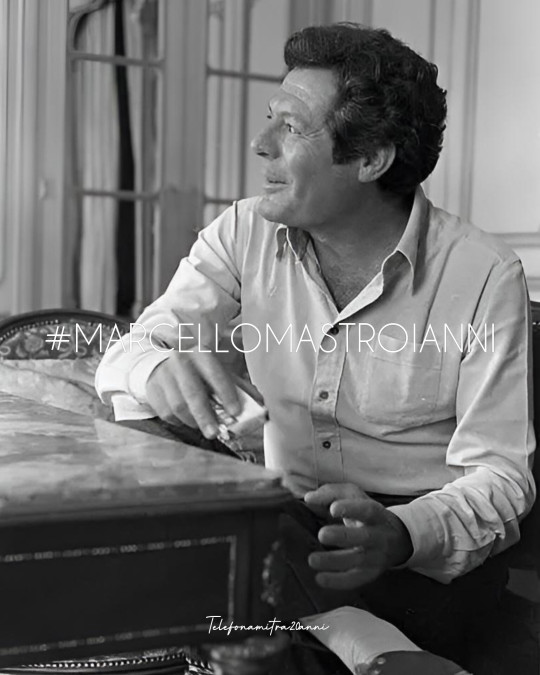
Te lo racconto (al telefono) io.
A Roma, dopo la guerra, facevo il contabile in una casa cinematografica: la Rank Film. Non ero riuscito a inserirmi nell’industria edilizia e una cugina m’aveva trovato quel posto alla Rank. Qui lavoravo, o fingevo di lavorare, con cinque donne: in una stanza tappezzata con i ritratti di attori come James Mason, Patricia Neal, Margaret Lockwood, Phyllis Calvert. Forse influenzato da ciò, lasciavo che le cinque donne sgobbassero per me e passavo le giornate leggendo ad alta voce libri di poesie. Leggevo bene. Un giorno, la signora della stanza accanto mi disse:
«Ho un cognato che recita all’università, vuole che gli parli di lei?». «Magari, risposi». Guadagnavo 28mila lire al mese che se ne andavano in medicine per mio padre ammalato. Mai un cinematografo, mai uno svago, tutt’al più un po’ di biliardo. Mi iscrissi all’università, facoltà di Economia e commercio, per frequentare l’Accademia d’arte drammatica. Mi piacque. Recitai due anni mentre gli amici del quartiere mi prendevano in giro: «Ecché, se’ diventato frocio?». Poi Luchino Visconti mi vide, per caso, e mi mandò a chiamare: gli serviva un giovane e pensava di scritturarmi. Dissi: «Quanto?». Rispose: «2.500 al giorno». «75mila al mese, Gesù!». Lasciai subito la Rank e per mesi non confessai nulla a mia madre: ogni mattina continuavo a uscire alle otto e a dire che andavo in ufficio. Mi ci volle coraggio per confessare la verità. Lei la prese bene ma sussurrò: «Figlio mio, durerà?». Lo ripete ancora: «Figlio mio, stacci attento. Con tutti i camerieri che hai, con quel che costa la vita. Un buon impiego sarebbe stato meglio». È convinta che, se fossi entrato alle Ferrovie dello Stato, ora sarei capostazione e avrei i biglietti gratis per la famiglia.
Io ho avuto tanta fortuna, solo fortuna. La fortuna che a Visconti servisse un giovanotto rozzo come me. La fortuna che la sua compagnia fosse la più importante e allineasse attori come Ruggero Ruggeri, Paolo Stoppa, Rina Morelli, Vittorio Gassman. La fortuna che Gassman se ne andasse e io prendessi il suo posto. La fortuna che mi offrissero il cinema, infine, grazie a questo nasino che detesto. Ma il successo di un attore non è quasi mai legato a ragioni nobili e serie. A me si addice la battuta che c’è in un film di Federico Fellini: «Ho troppe qualità per essere un dilettante e non ne ho abbastanza per essere un professionista».

#marcello mastroianni#best actor#movies#federico fellini#latin lover#telefonamitra20anni#mastroianni#racconti al telefono#storytelling#biografia#biografy
7 notes
·
View notes



